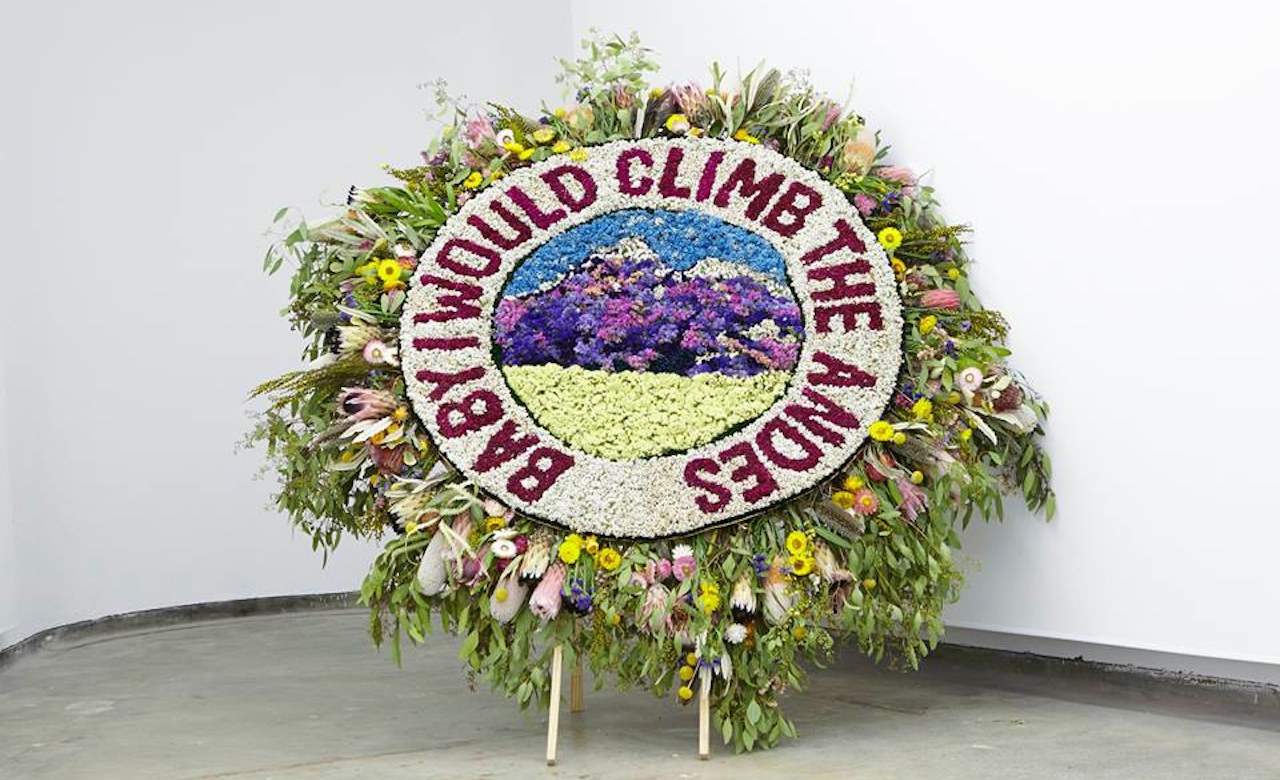The Blake Prize 2014
This prize for religious art is more provocative than you might think.
Overview
Back in 1950s Australia, The Blake Prize was established in order to encourage a higher calibre of religious art. As our society has grown more culturally diverse, so has the prize. It has come to mirror multiculturalism and its many strains of spirituality. That said, if The Blake Prize does not secure a major sponsor, this may be the last year it is held.
The works of 52 finalist are on display at the UNSW Galleries, loosely organised according to theme. Moving away from traditional ideas of religiosity, this year’s artists are more concerned with the rituals of everyday life and the nature of mortality. The winners, in particular, draw on very personal stories.
Among the first lot of works, Warwick Thornton and Bindi Cole reflect on the intersection between Aboriginal spirituality and Western Christianity. While Thornton’s dramatic photograph is fiery and hellish — a response to mission settlements in central Australia — Cole’s crucifix is blazing with bold text and communicates a more personal predicament. Both are powerful and compromised; they each illustrate a tension between two belief systems and their histories.
Other artists engage with contemporary human rights issues, namely Australia’s treatment of asylum seekers. Both Tim Gregory and Mike Barnard look (or attempt to look) beyond sovereign borders, each responding to dehumanising photographs. Looking like luminous green night vision, Barnard’s small painting reproduces rare footage from the sinking of the SIEV 69 in 2009, which killed 13 Sri Lankan asylum seekers. The barely discernible vessel speaks volumes about the onshore blindness to lives lost at sea.
There are a number of satirical works upending the cynical preconceptions that circulate around particular cultures. For instance, Cigdem Aydemir's endurance performance is a series of films showing a Muslim woman in stereotypically Australian settings and poses, wearing a smile for as long as she can. Humorous in its artificiality, the work reflects on the media’s incessant politicisation of Muslim women. And Megan Cope's work is an amusing take on the idea of genuine Aboriginality, concocting a ‘blaktism’ ceremony that involves literally painting oneself brown and culminating in a contemporary rave party.
The Blake Prize itself has been awarded to Richard Lewer for his low-fi animation Worse Luck, I’m Still Here — a worthy winner. This moving work revolves around a Perth pensioner, struggling with the mental deterioration of his wife. There is a raw honesty to Lewer’s simple materials – complimenting the tone of the narrative perfectly. Emotive and visually innovative, it anticipates a conversation that needs to happen.
Straddling secular and religious, The Blake Prize has come to encompass a broad understanding of what it means to be human, to have aspirations and relationships — the fundamental starting point of any religion. Featuring a host of some of our best contemporary artists, there are many thoughtful and inventive works I have not mentioned. In spite of current funding difficulties, we can only hope the prize returns next year.





